How Do I know If It Is Too Cold to Walk My Dog?
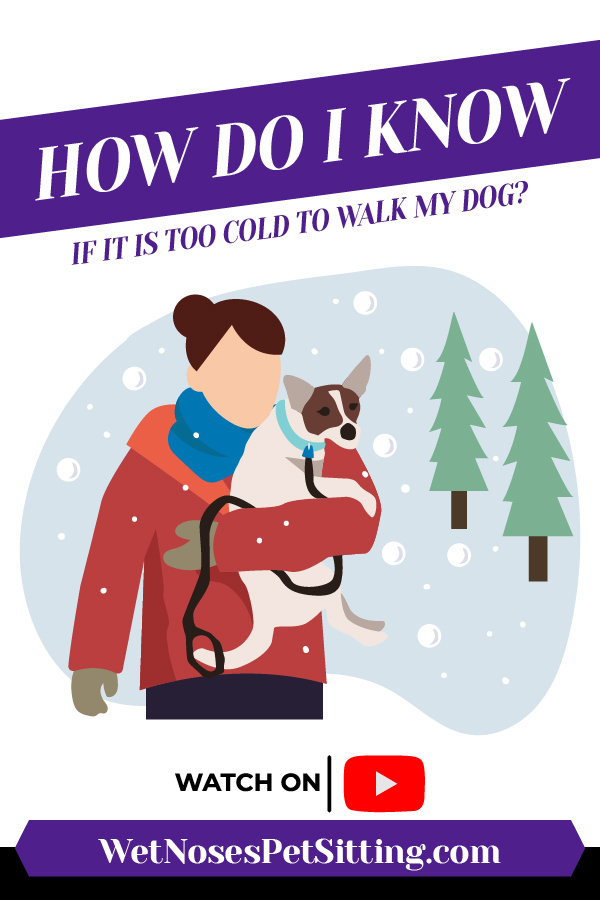
Winter does not have to put a damper on you and your dog’s activities, but how do you know when it is too cold outside? Dog walks provide health benefits when done in the proper conditions. There are a variety of factors that influence when it is too cold to walk your dogs. Here are some general guidelines.
Want to learn more in video format? Check out the video below.
Factors
There are a few factors to account for when determining if it’s too cold to walk your dog. They are fur length, size and body condition, and health conditions. As with all of these, make sure you are following general winter weather precautions.
Fur Length
What type and length of fur your dog has can impact how tolerant to cold he is. Short haired or shaved dogs have less fur to protect them from the cold and wind. Which means, they do not tolerate winter walks as well. For shorter haired dogs, do not walk them outside when the temperature is below freezing (32 degrees Fahrenheit) without a coat or sweater. Long and thick haired dogs are more tolerant to the cold. These dogs can handle walks outside in the cold, but these walks should be short.
Size and Body Condition
Small dogs tend to have a harder time adjusting to the cold. This is because they are closer to the ground and generally have short hair. These dogs should not walk outside in temperatures below 10 degrees Fahrenheit. Even with a sweater or coat.
Larger dogs are higher off the ground and tend to have more healthy body fat compared to smaller dogs. This helps larger dogs be more tolerant to the cold.
Body condition is also an important factor in determining how cold is too cold. Fat helps insulate the body and keep your dog warm. Many dogs, particularly hunting dogs, have fat under their skin. This is why labs can jump into freezing lakes. For this reason, dogs who are underweight should not be outside for extended periods of time in the cold.
Health Conditions
Many health conditions impact how your dog will react to the cold. When the temperature is below 40 degrees Fahrenheit, dogs with arthritis or dogs with hip dysplasia should only be walked for short periods of time. The cold tends to exacerbate these conditions and will make your dog extra sore and grumpy. Other health conditions, like thyroid issues, affect your dog’s ability to regulate his body temperature. Dogs with these conditions should not be walked for long periods of time in the cold. Talk to your vet to see if any health conditions your dog has can be affected by the cold.
Ways to Make the Cold Better
You should never send your dog outside if it’s too cold but what if you have to. If you must go outside with your dog make sure you are in and out as quick as possible. You should supervise your dog the entire time. Also consider getting some of the following items to make the bitter cold less bitter.
- Dog Boots
- RuffWear has an entire winter range, perfect for those Colorado winters
- Sweater, made for winter
- Heated pad/blanket to warm up your dog with when they come back inside
- Musher’s Secret Paw Wax; This is a great way to protect your dogs paws on a winter walk.
Conclusion
There are a variety of factors to consider when deciding how cold is too cold to walk your dog. In general, use caution when the temperature is below freezing. Keep walks short and brisk to help prevent your dog from getting too cold. Always be aware of other winter weather dangers, such as ice and sidewalk salt.

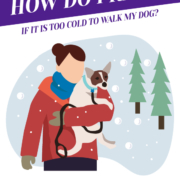








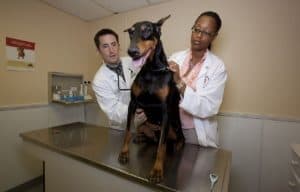

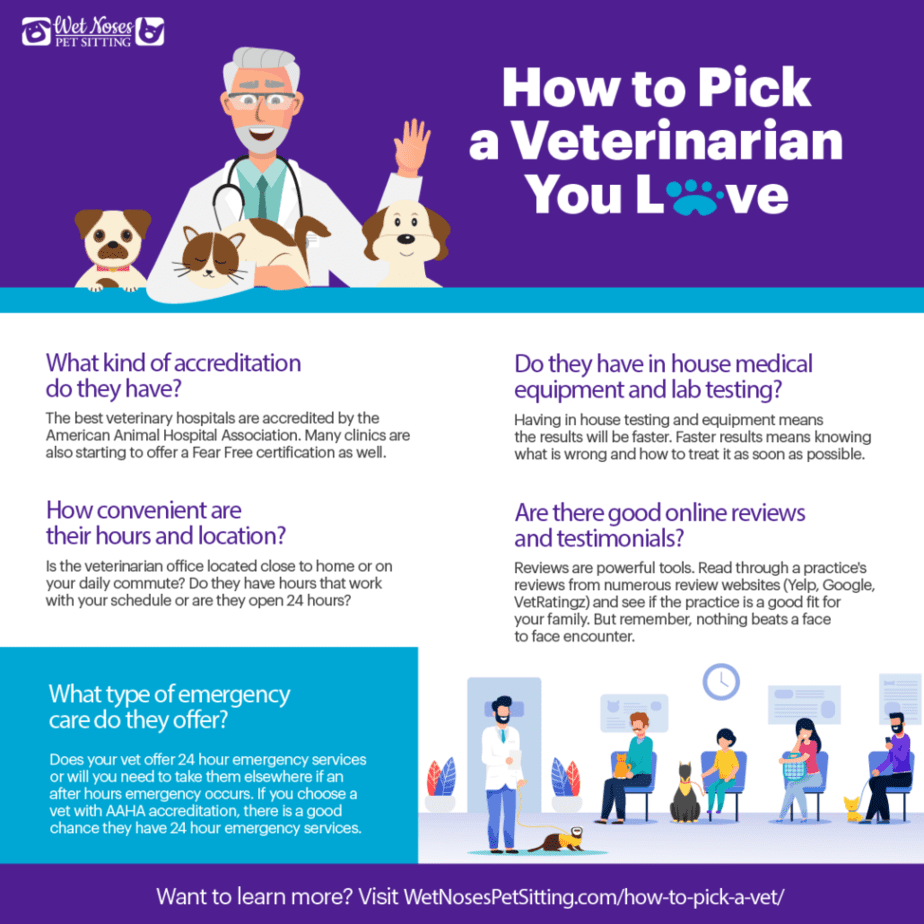

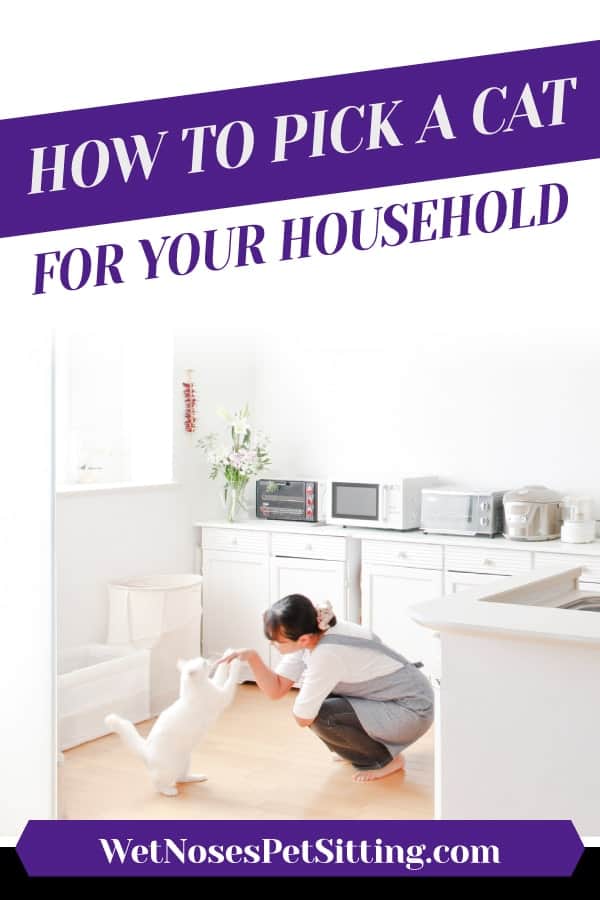
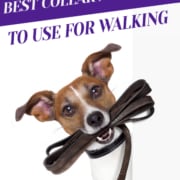







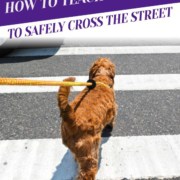
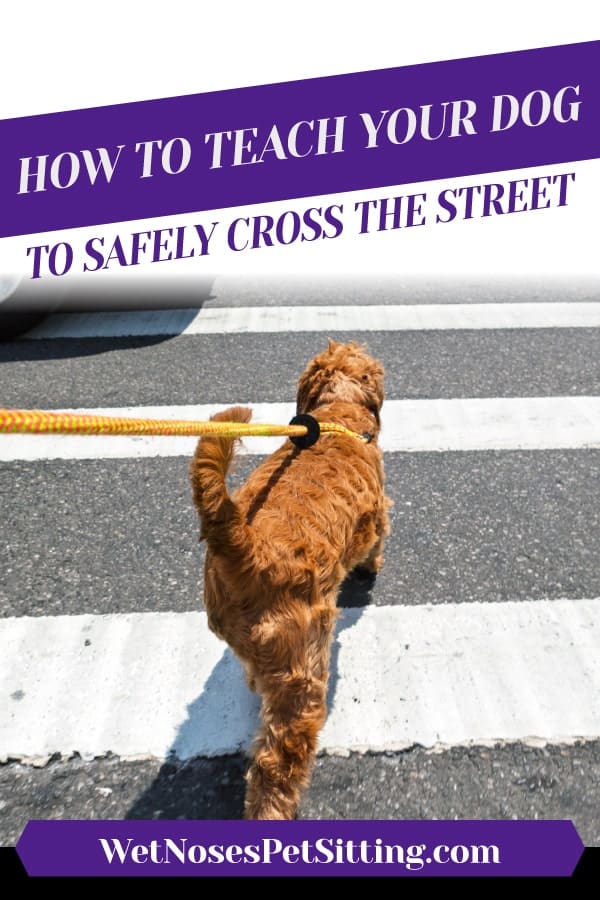

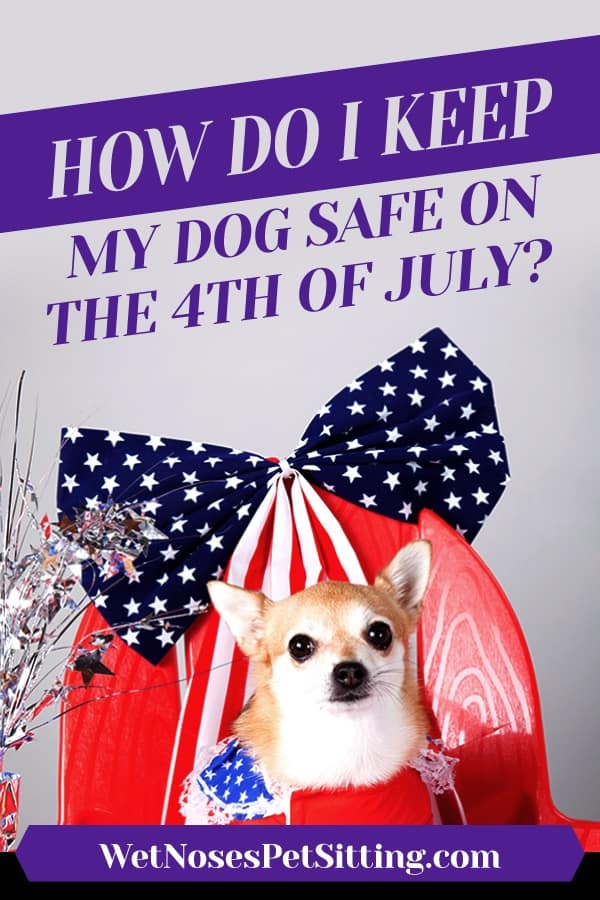
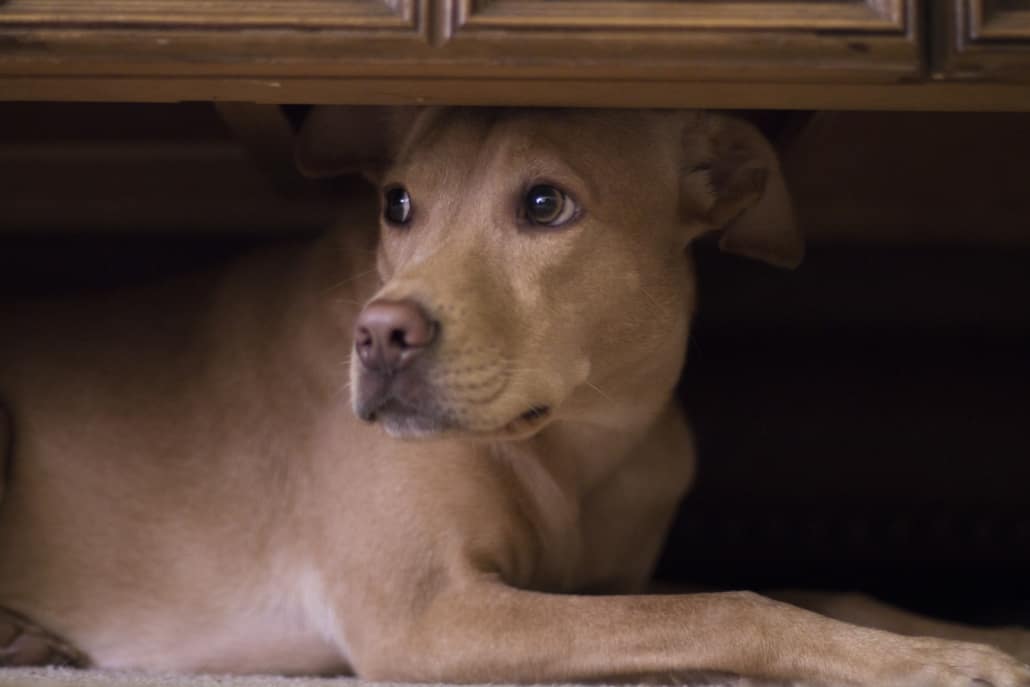



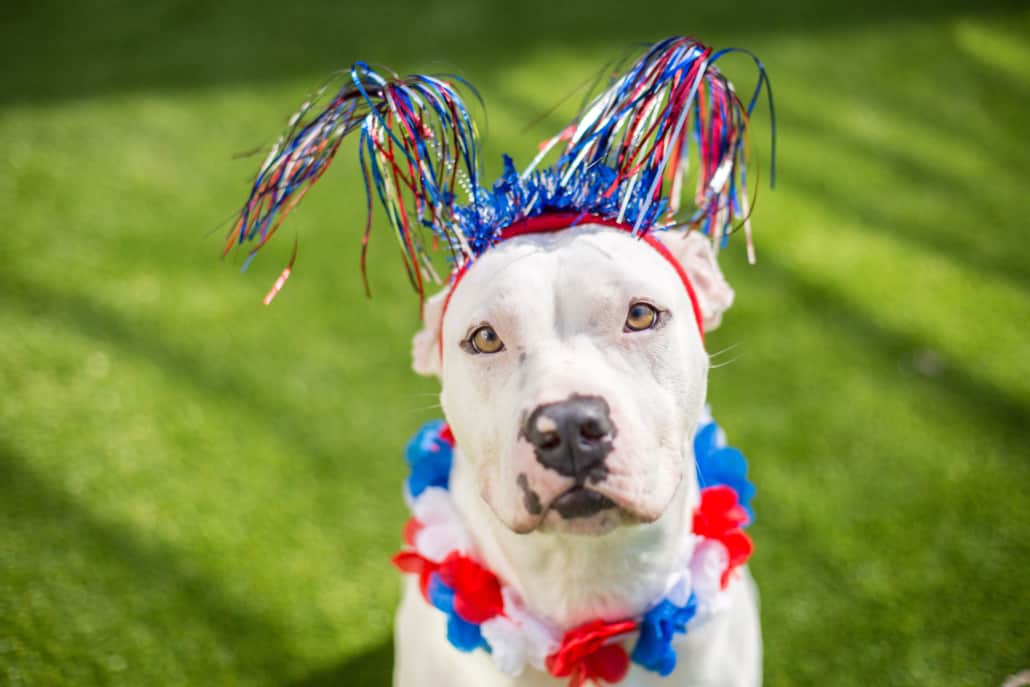
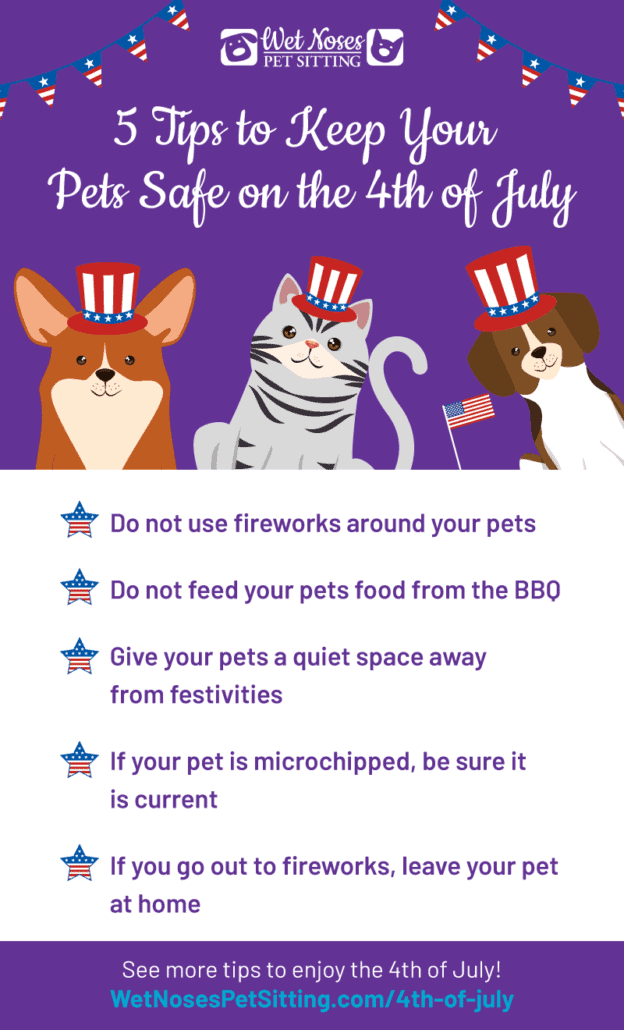
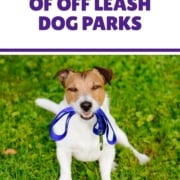
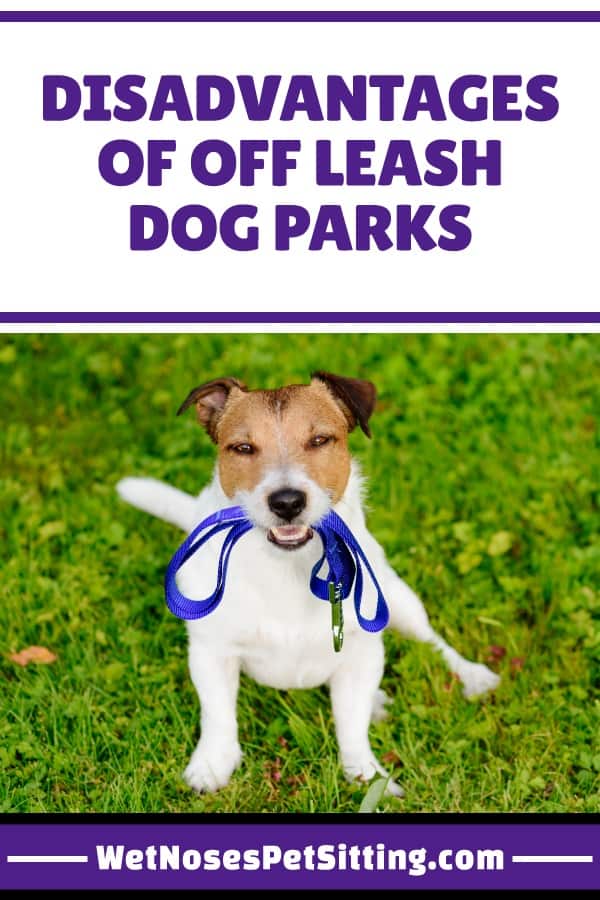
 other dogs; like fear, nipping, aggression or ignoring commands.
other dogs; like fear, nipping, aggression or ignoring commands.
